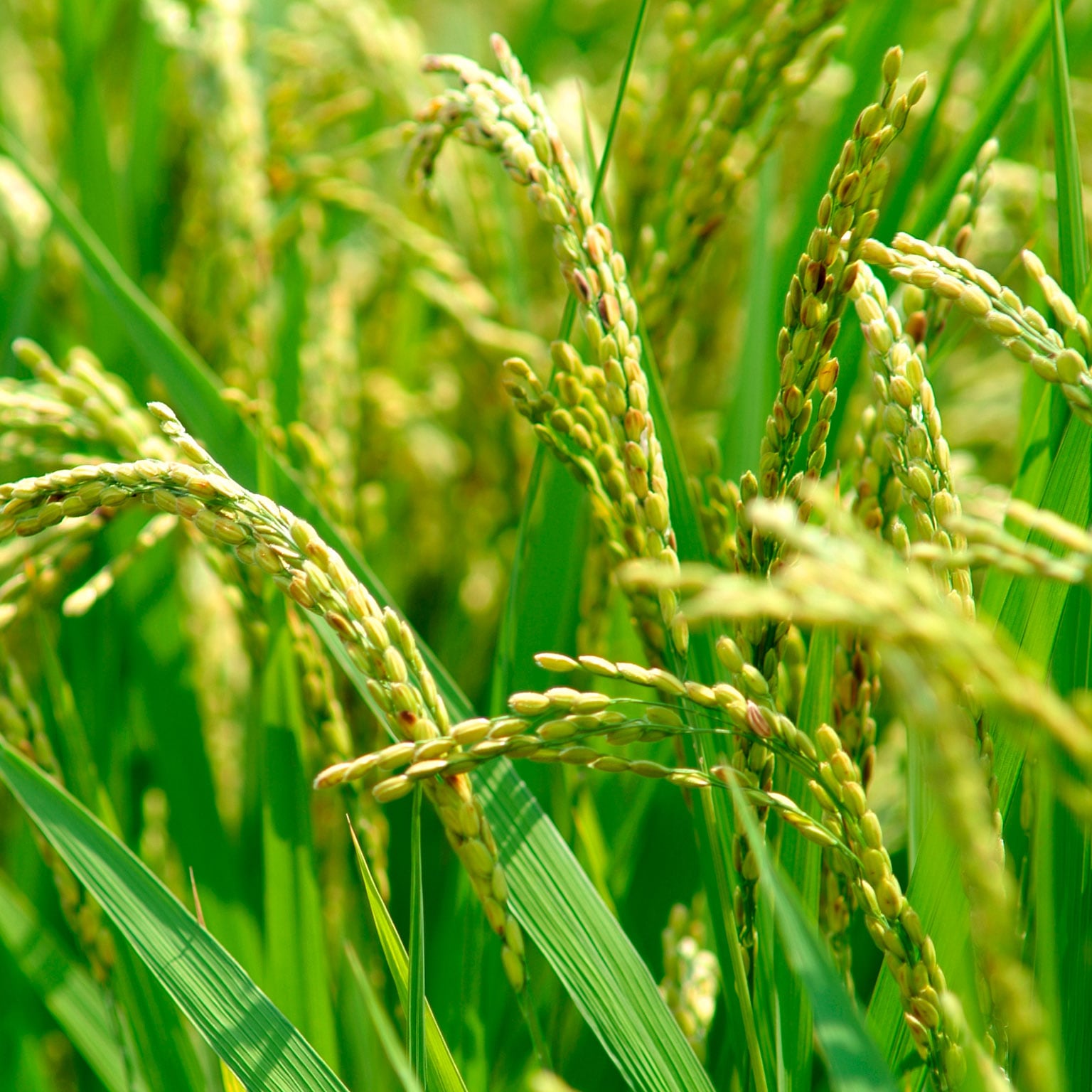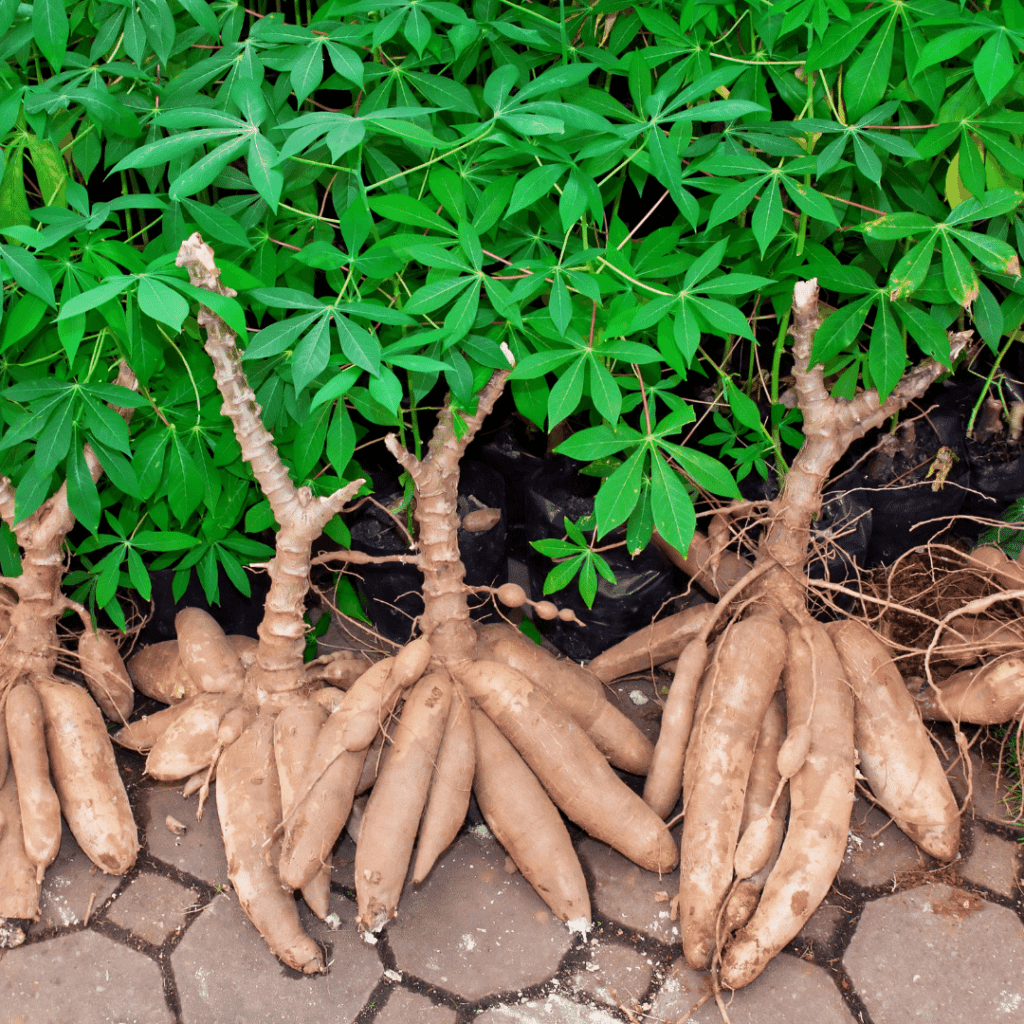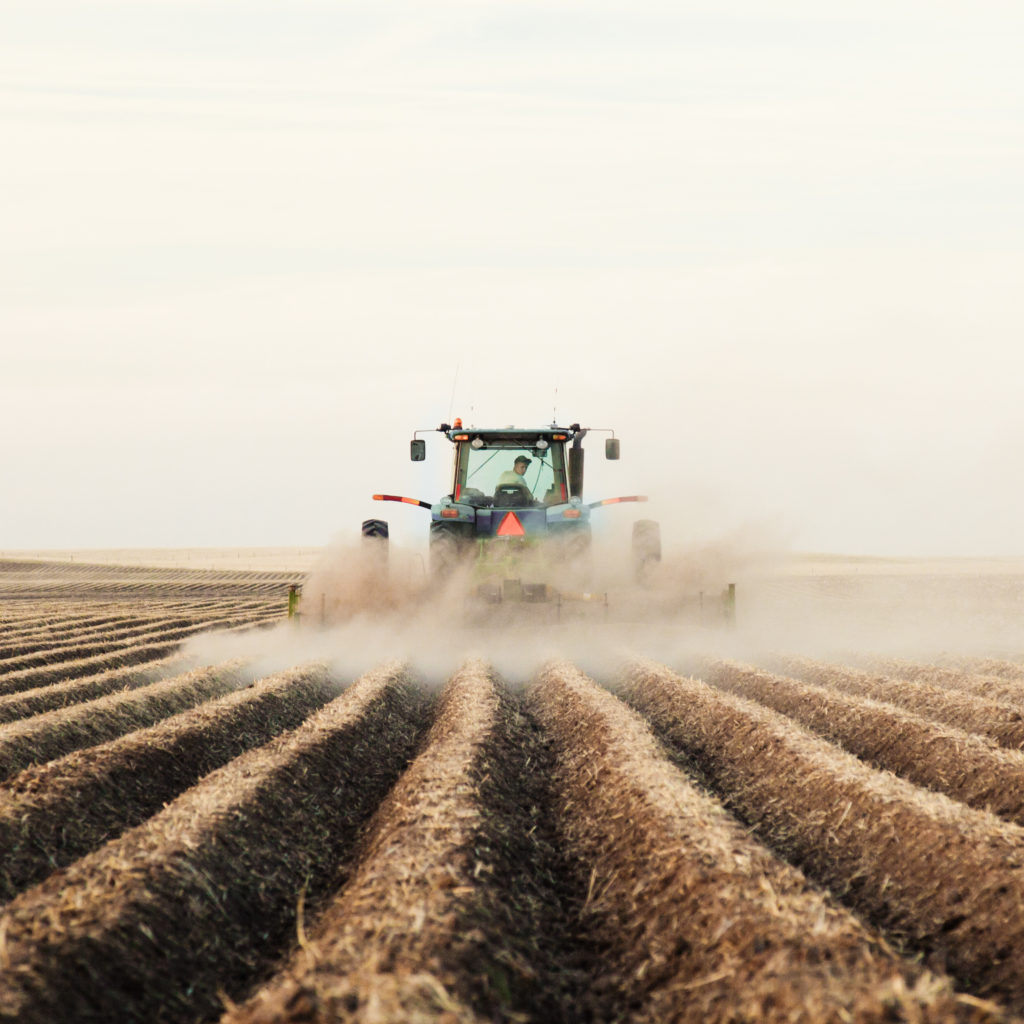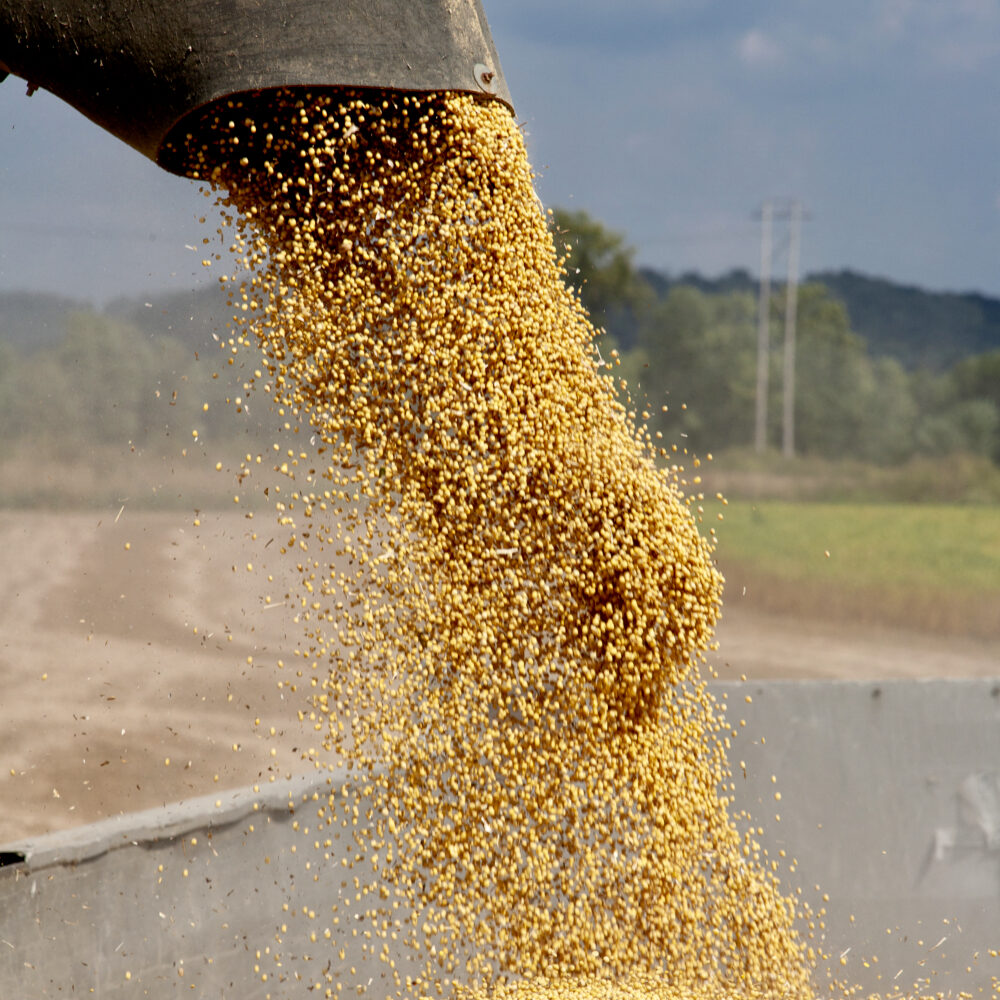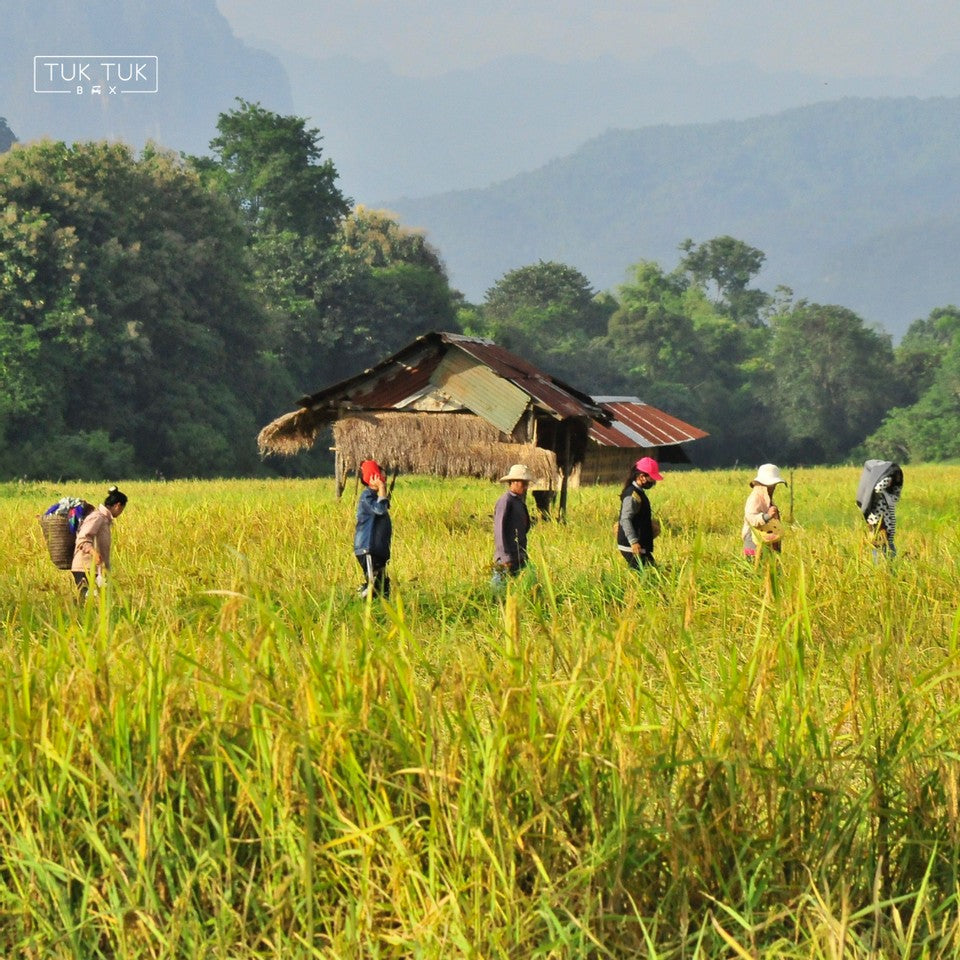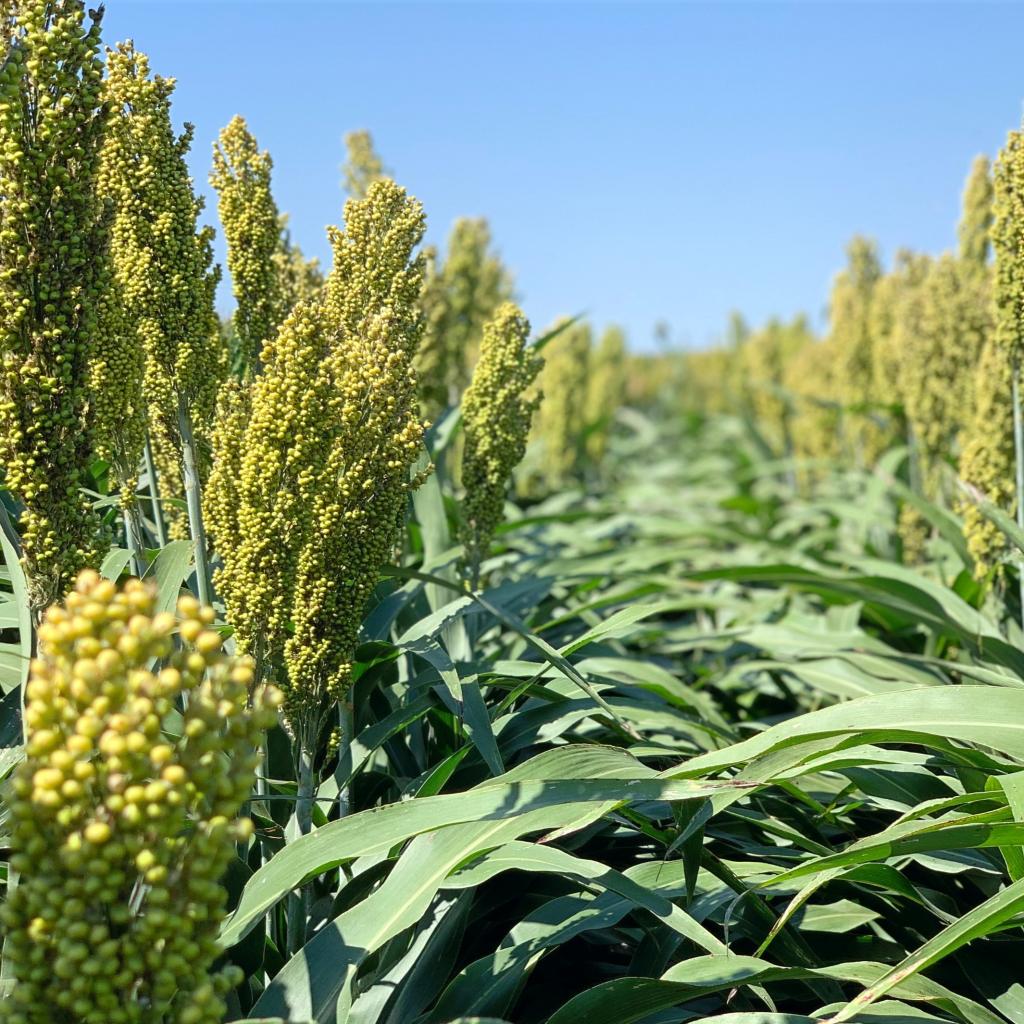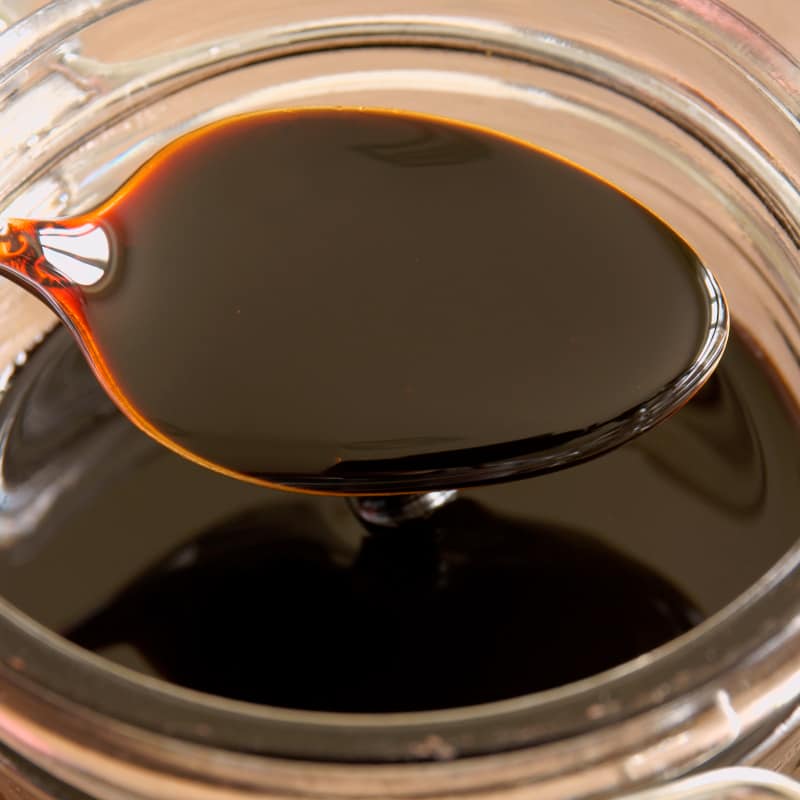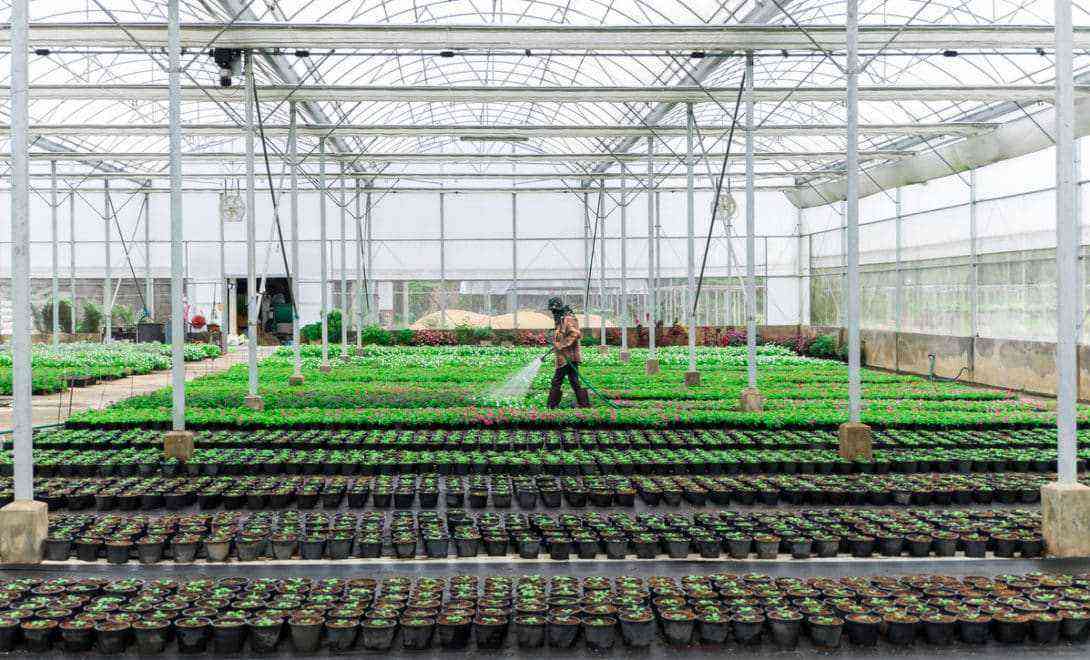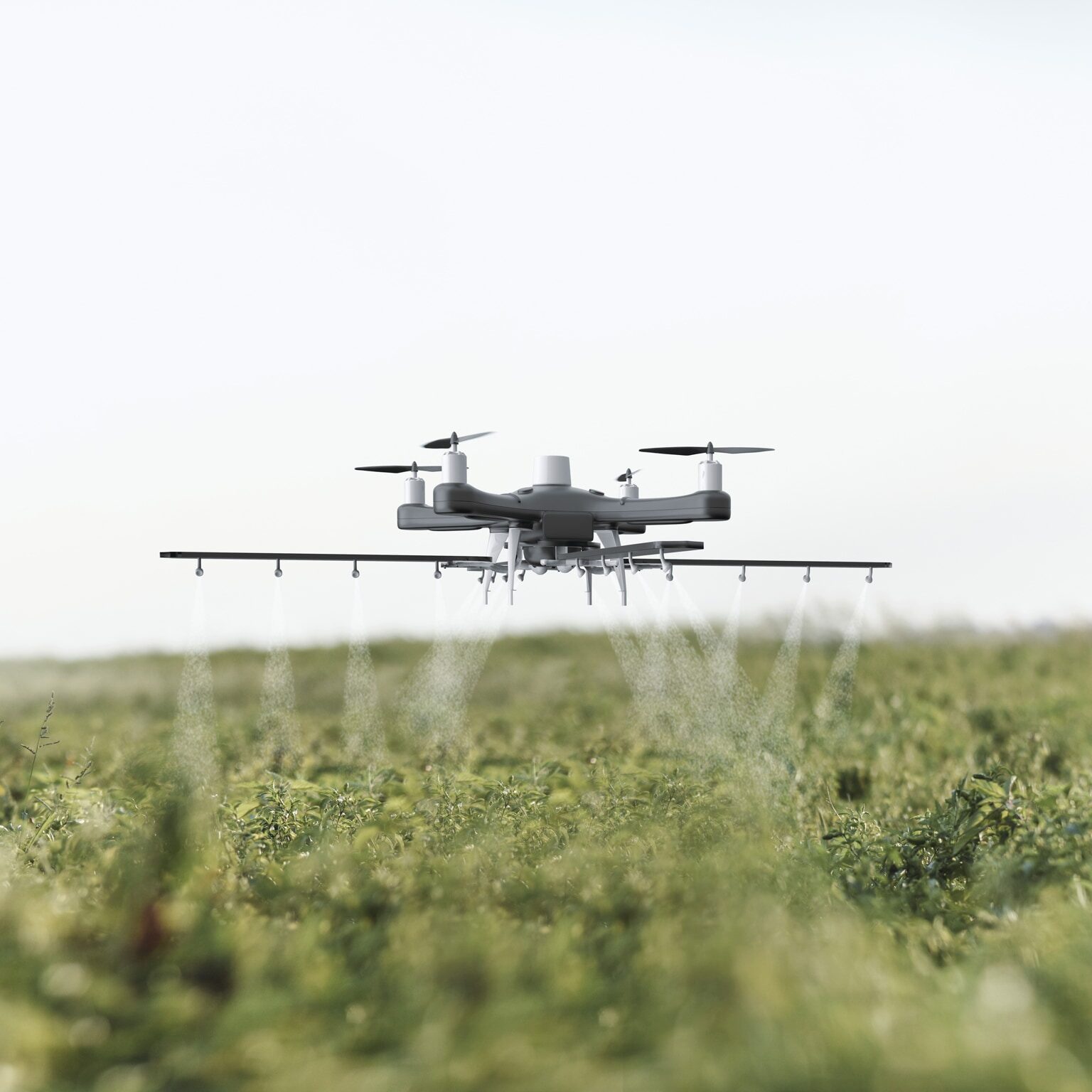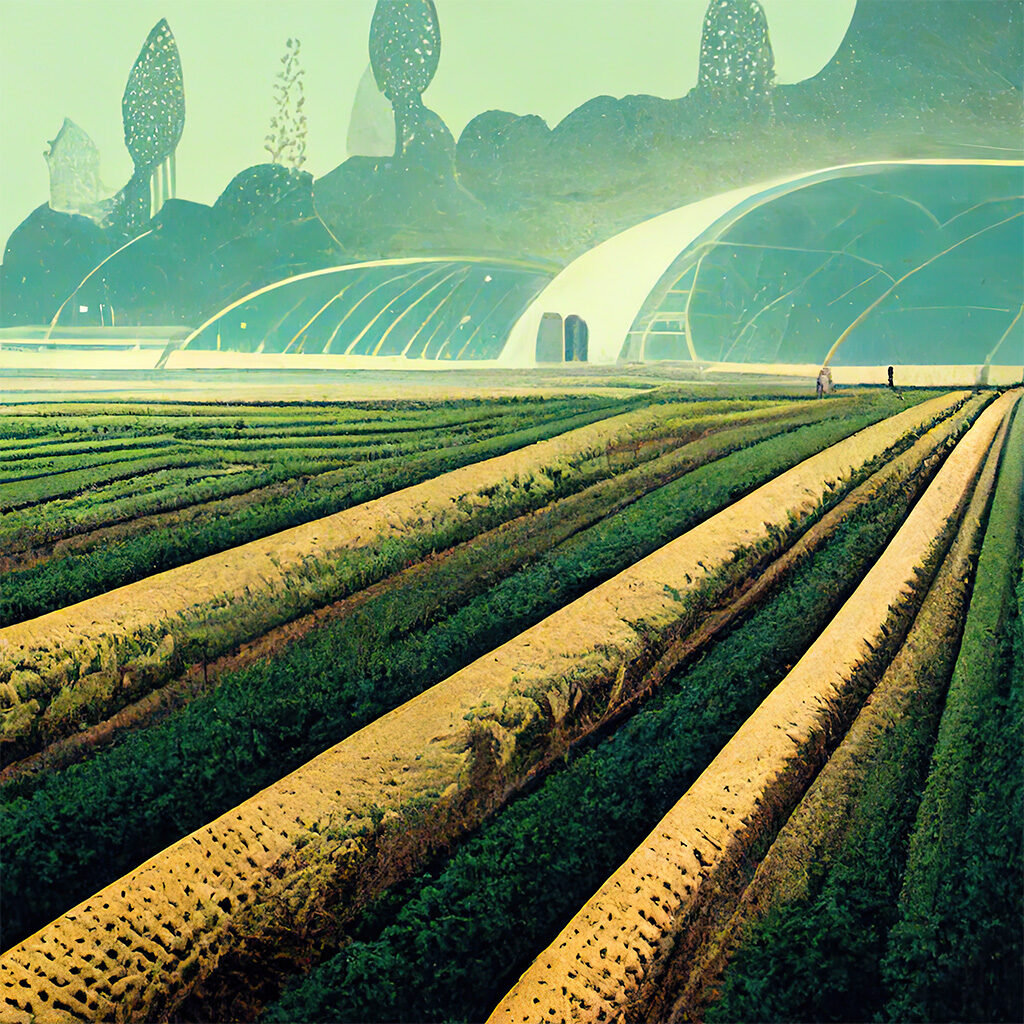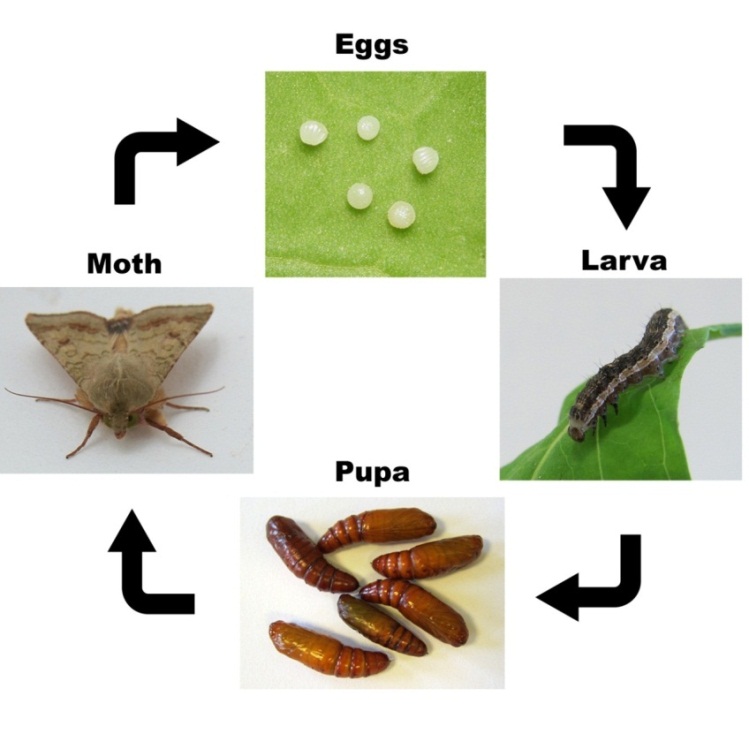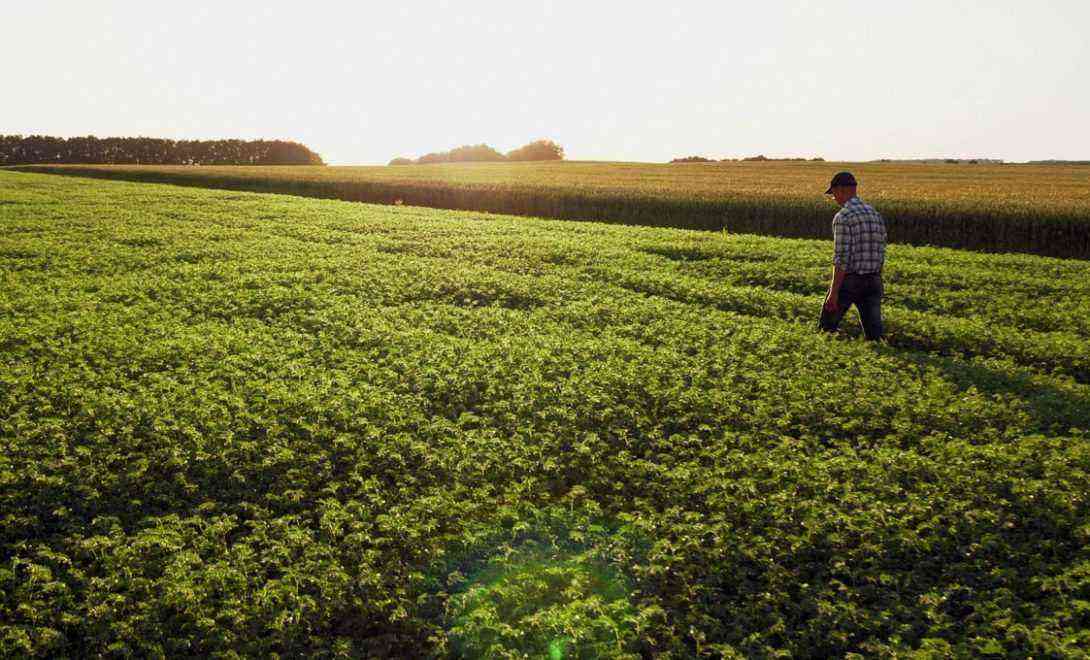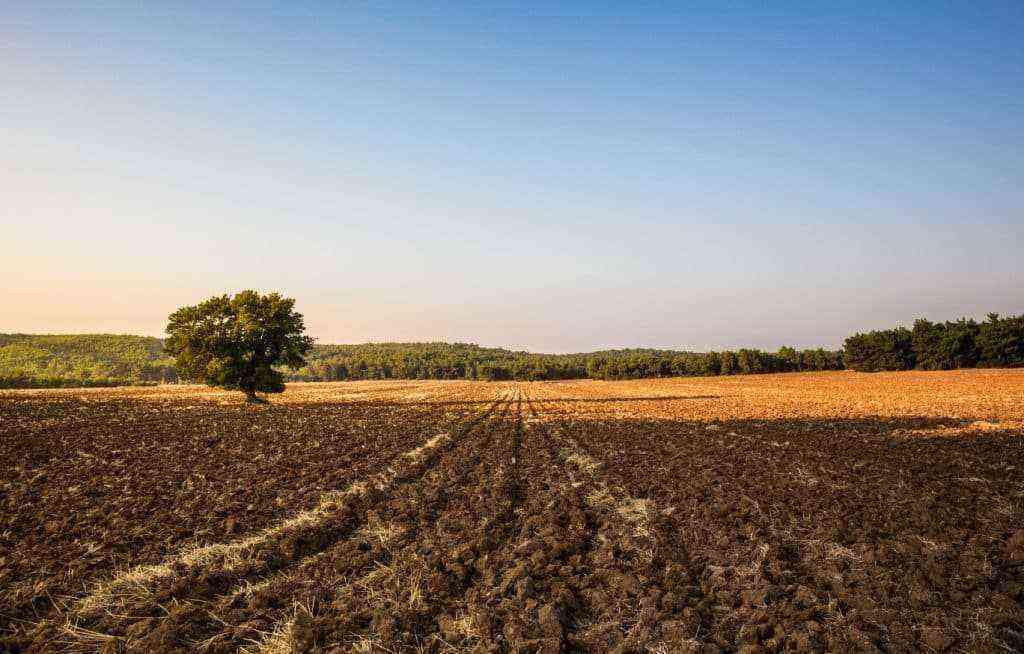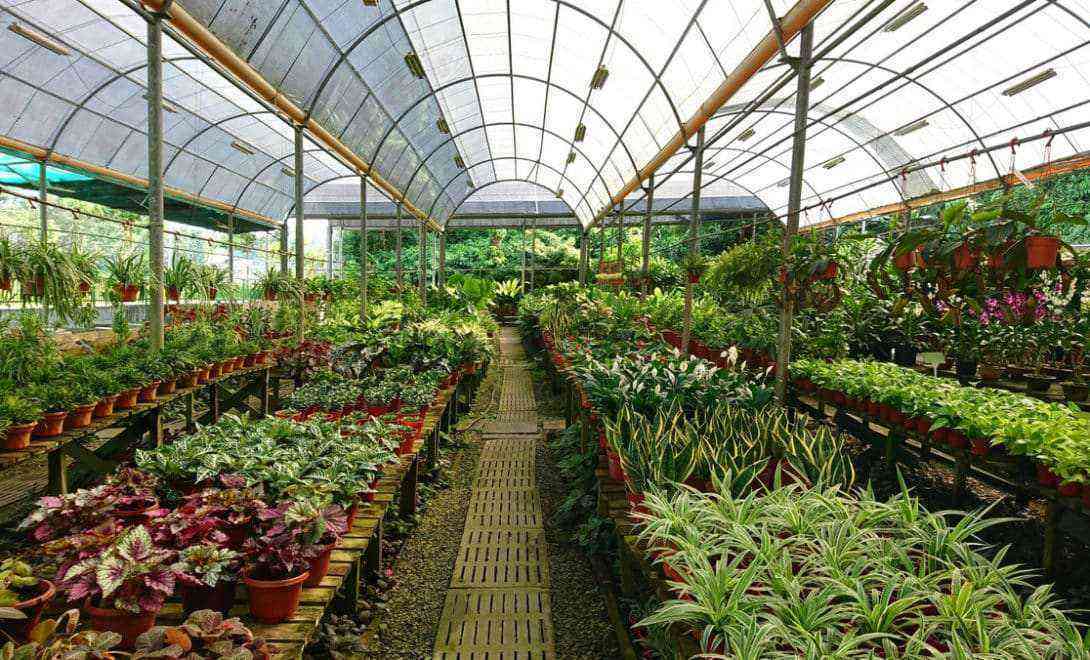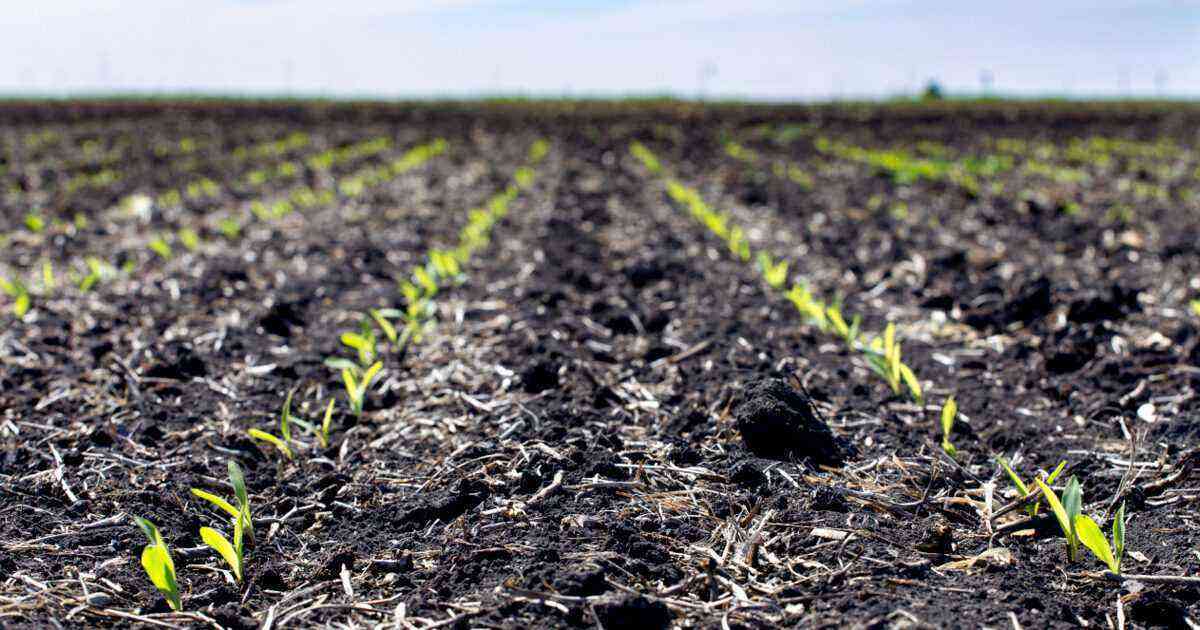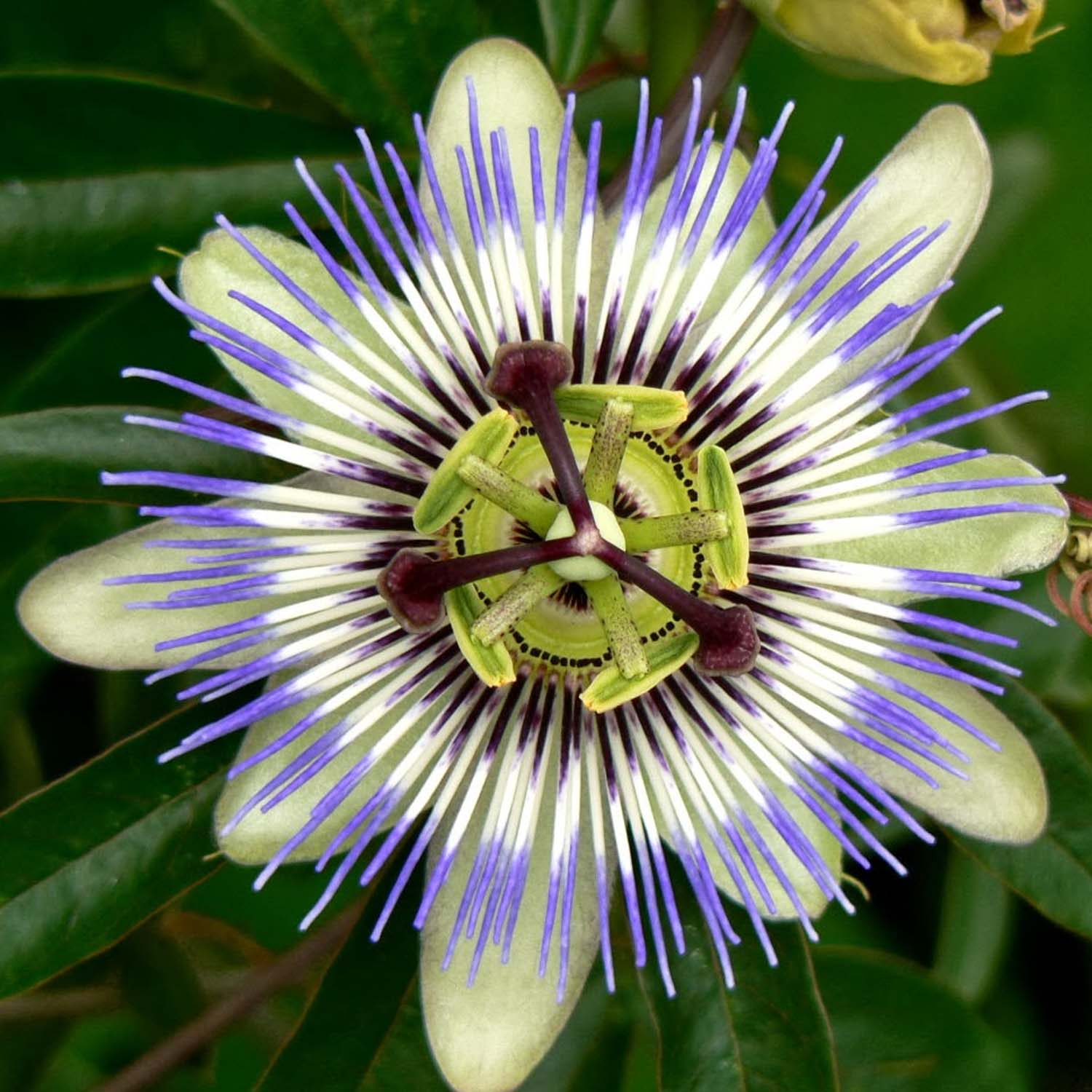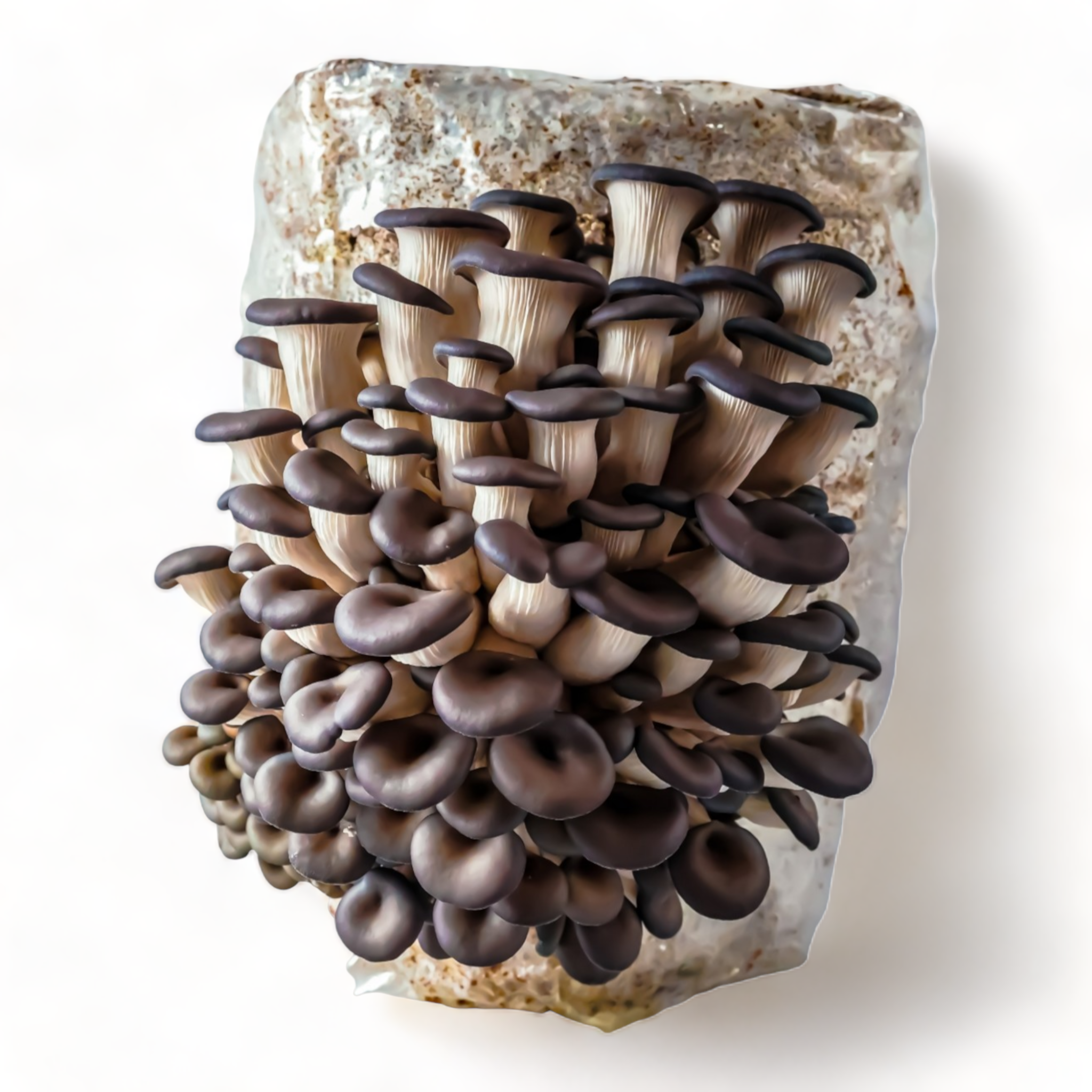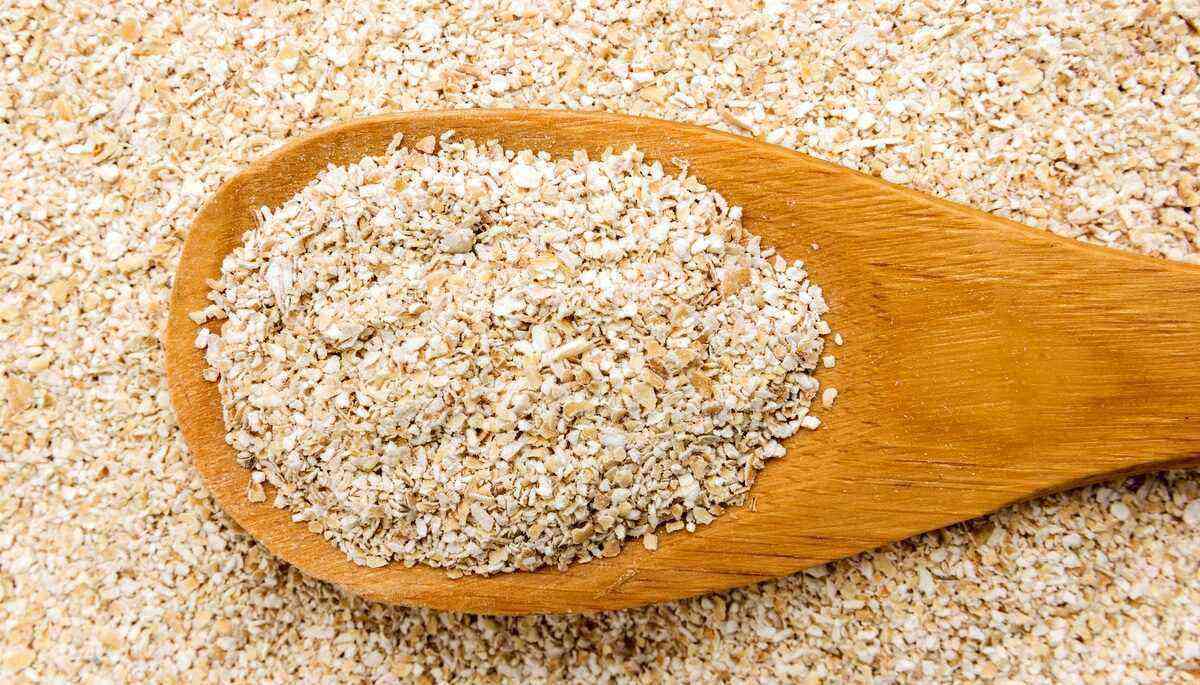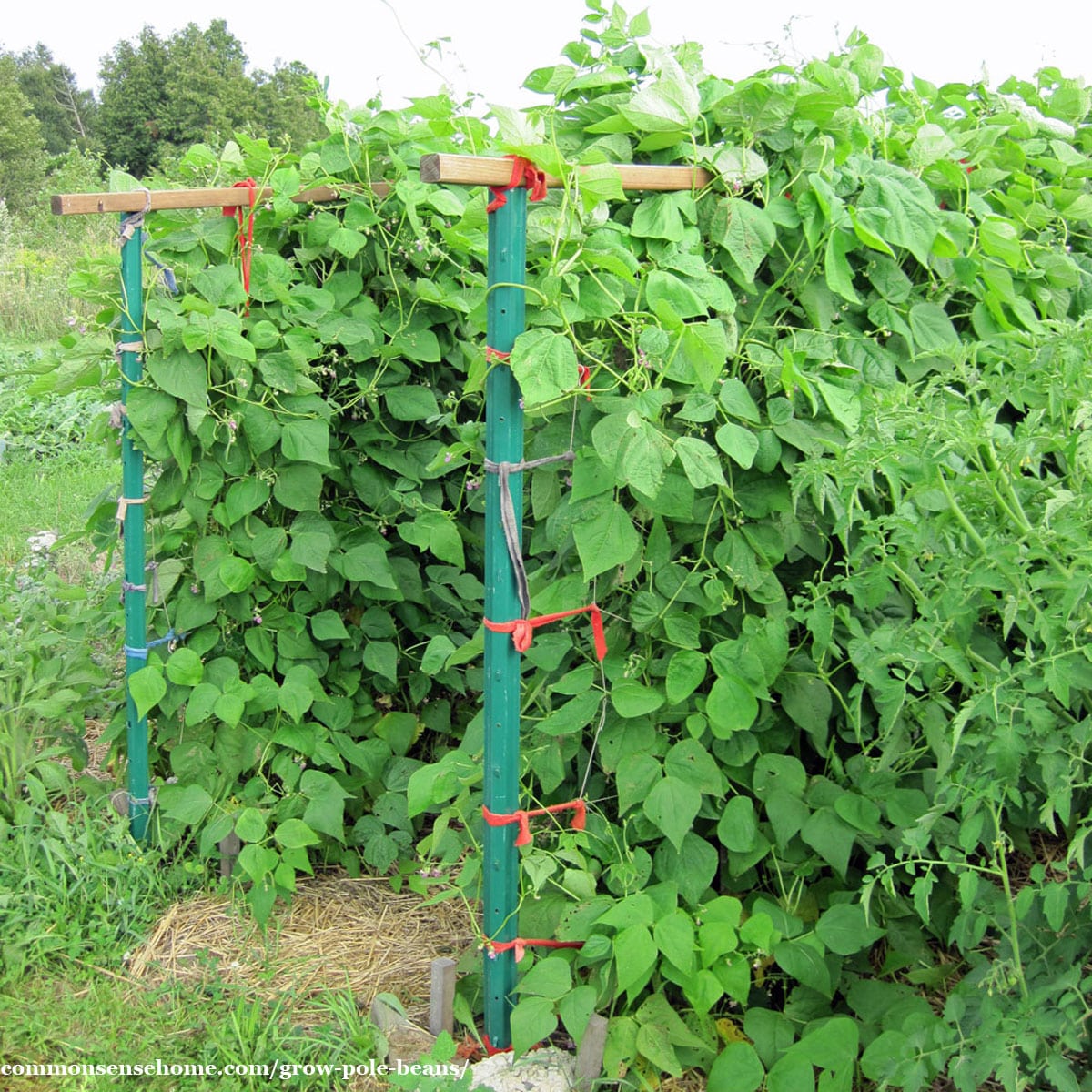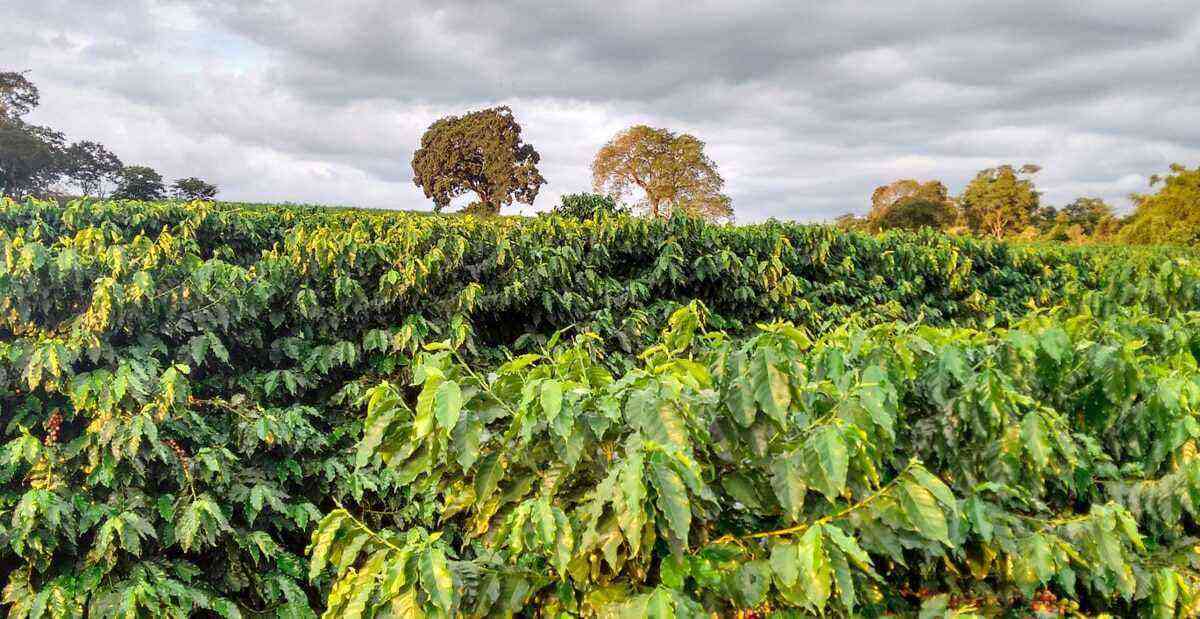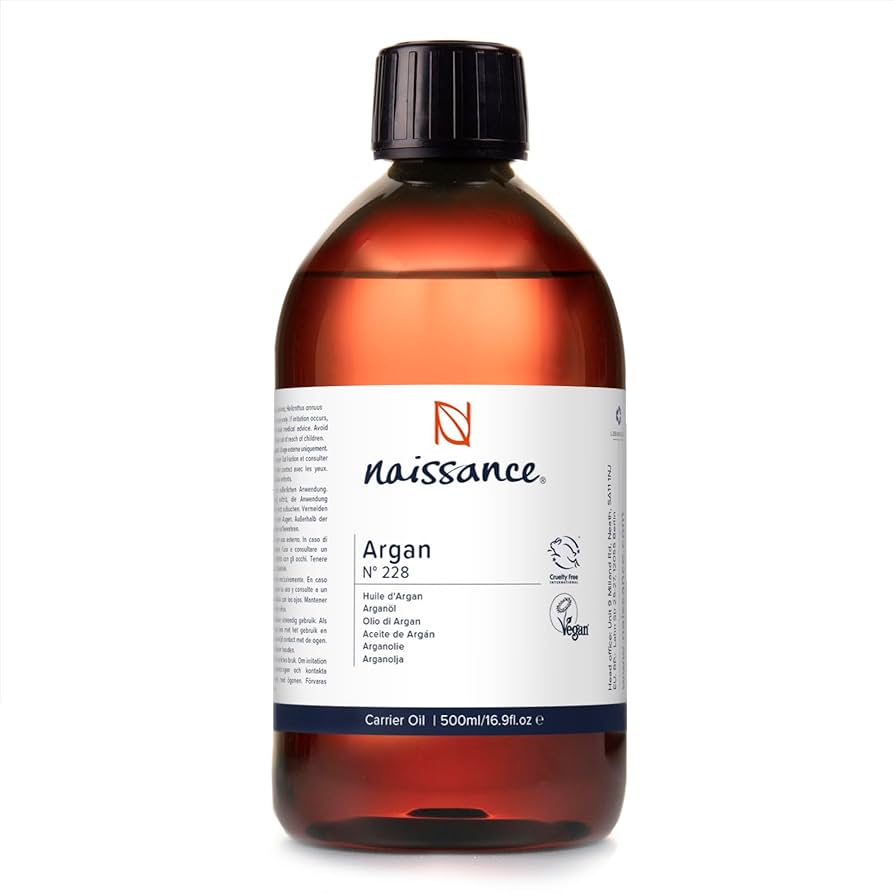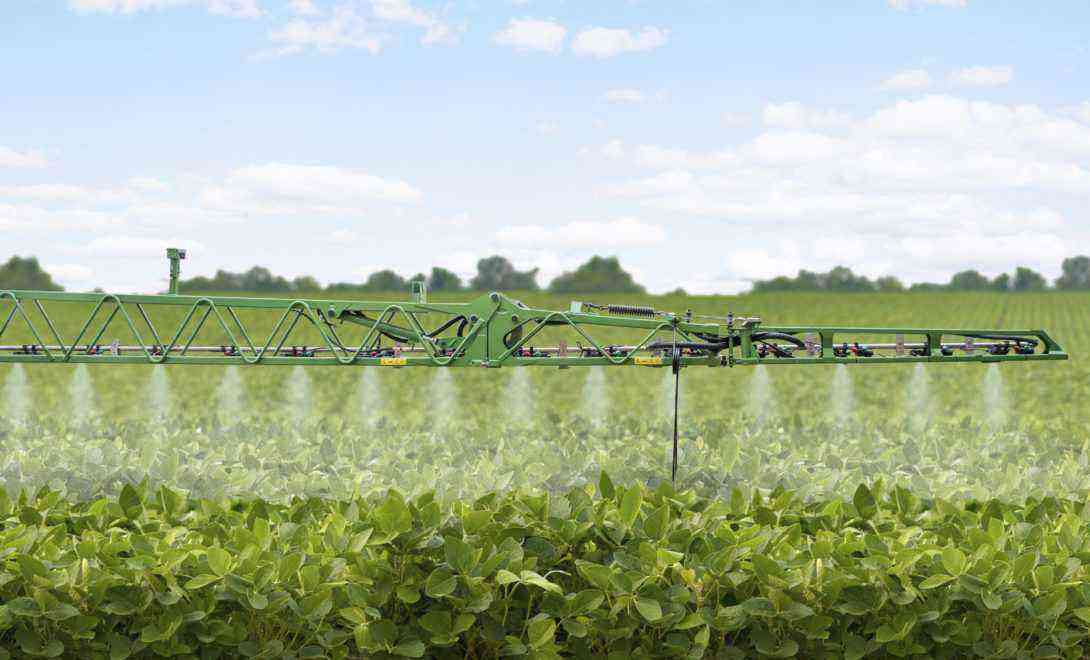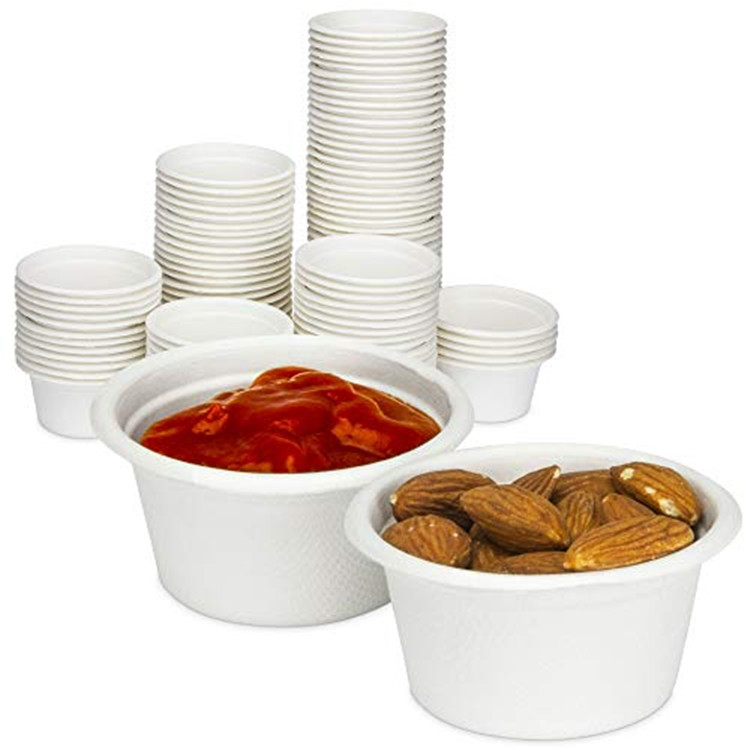Asian soybean rust (Phakopsora pachyrhizi) is caused by a fungus that reproduces on living plants. Its first occurrence in South America was in Paraguay, in 2001. A few months later, it reached Brazilian plantations.
Soybean rust in Brazil
Today, she is considered the main soybean disease. The damage caused by Asian rust can cause losses of up to 90% of productivity. According to Emprapa, in Brazil, an average of US$ 2,8 billion is spent per harvest to carry out sanitary control of the disease.
The problem is so serious that, in 2004, the Antirust Consortium was created. The body is made up of representatives from segments of the soybean production chain, such as universities, research institutes, input manufacturers and producer cooperatives.
On the consortium’s website, there are research data, guidelines and even the mapping of the attack of this disease in real time during the soybean harvest.
Asian rust can be diagnosed at any stage of crop development. The producer can count on the support of the Antirust Consortium, which has a network of 100 laboratories throughout Brazil.
To prevent the appearance of this disease in soybeans, it is essential that the producer knows all possible measures to protect his crop.
Check out, below, the top 5 tips to fight Asian soybean rust:
1. Seeding schedule
Growing soybeans early, at the beginning of the recommended period, is a strategy to avoid the disease. By carrying out late sowing, it is possible that the plant develops the disease earlier and needs fungicide applications.
Therefore, the timing of sowing is essential to reduce the application of fungicides.

Early soy planting is recommended to prevent disease attack.
2. Toilet
The sanitary void is a space of 60 to 90 days where soybean cultivation is not carried out. The period without planting helps to reduce the incidence of fungi, since the bacteria only live in live plants.
With this system, it is possible to reduce the amount of spores of the fungus that causes the disease and delay the occurrence of soybean rust.
3. Chemical control
Controlling the use of fungicides is a method used to prevent the appearance of the fungus. Fungicides that showed better results were:
- Carboxamidas;
- Triazosis;
- Strobilurin (isolated).
4. Inspection of the culture of Asian rust outbreaks
The monitoring of the crop is essential for the producer to recognize the potential threatening agents for soy. Initially, you should look at the upper foliage, looking for dark spots.
After inspection, it is recommended to use a magnifying glass to investigate the lower region of the foliage where uredia are usually installed, that is, small protrusions on the plant.
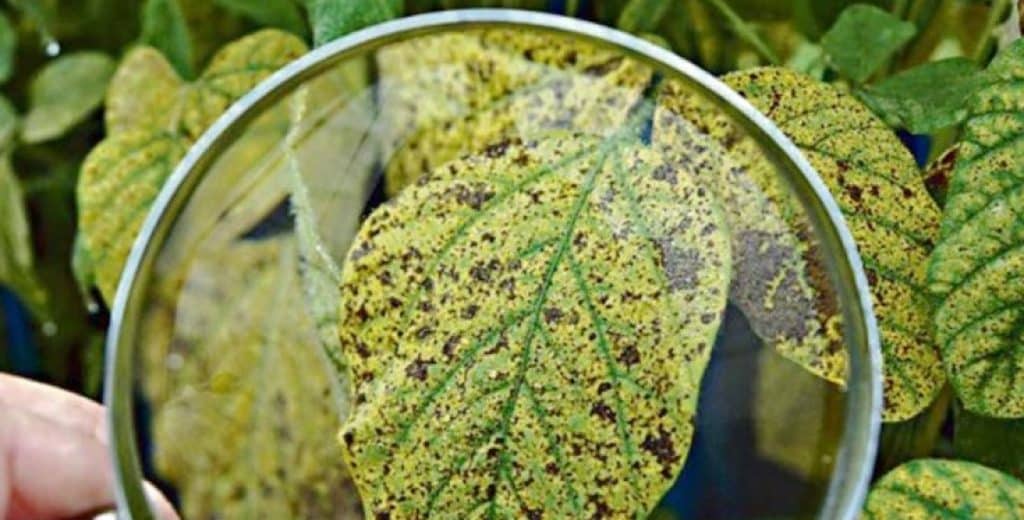
Using a magnifying glass, the grower analyzes the lower region of the foliage, where the uredia have been installed. Photo: Secretary of Agriculture/RS.
See the video below for an explanation of how to identify Asian soybean rust.
Source: Terra sul
By releasing the spores, the uredia acquires a triangular shape, more like a “volcano”. Therefore, it is essential to understand as soon as possible if the crop is sick to control Asian rust and avoid damage.
5. Organized soy management list
Soybean growers must keep a checklist for planning the management and prevention of Asian rust. Some points to consider are:
1. Details: agricultural planning, such as inspection time and types of fungicides, guarantees total production control, avoiding extra expenses and losses;
2. Technical support: Visually inspecting the crop is an easy and effective way to keep Asian rust away from the plant. However, if necessary and there is not enough time for visual control, it is necessary to hire an agronomist to identify soybean diseases;
3. Presence of rust in the region: Evaluate the incidence of Asian rust in other crops in the same region, to analyze whether your soybean plantation is directly at risk.
4. Additional: recording and keeping track of crop costs and productivity directly assists in crop management in the medium and long term.
Click on the link and read more about the ideal climate for soy production!
